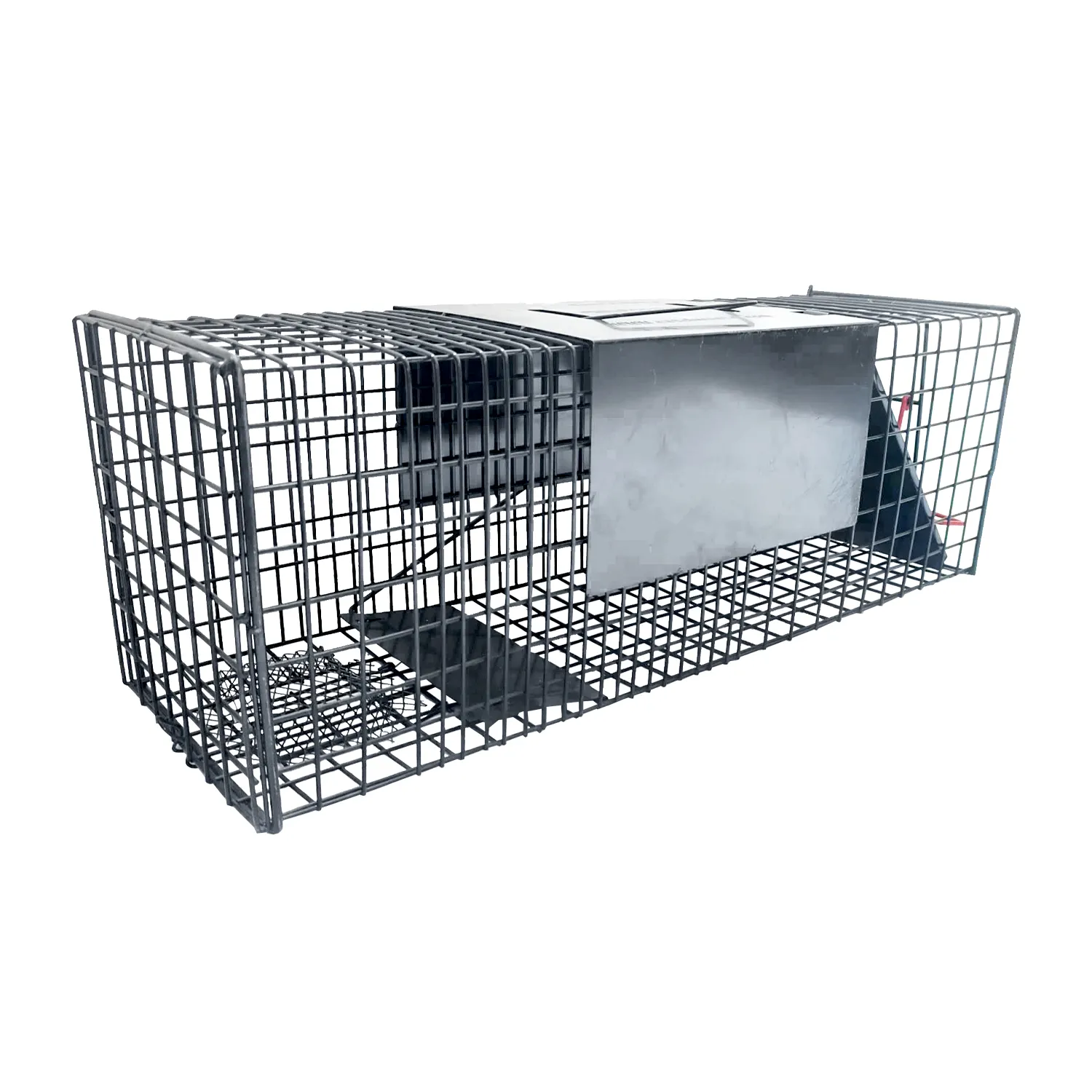The decision to purchase bulk mouse cages represents a significant investment for any research facility or breeding operation. These specialized housing units form the foundation of proper animal care and experimental validity. Understanding the key considerations before placing a large order ensures optimal conditions for both the animals and research outcomes while maximizing budget efficiency.
Modern laboratory operations require careful planning when it comes to housing solutions. The success of research projects often hinges on maintaining consistent environmental conditions and ensuring animal welfare standards are met. This comprehensive guide explores the critical factors buyers must evaluate before committing to bulk mouse cage purchases.
When evaluating bulk mouse cage options, material composition stands as a paramount consideration. High-grade polycarbonate and polysulfone materials offer superior durability and resistance to frequent sanitization procedures. These materials maintain structural integrity through repeated autoclaving cycles and resist yellowing or degradation from UV exposure.
Premium materials may command higher initial costs, but their longevity and performance characteristics often deliver better value over time. Facilities should consider the expected lifespan of cages and factor replacement costs into their total investment calculations.
Proper ventilation design ensures optimal environmental conditions for laboratory animals. Modern bulk mouse cage systems incorporate sophisticated air exchange mechanisms that maintain consistent temperature, humidity, and air quality. Buyers should evaluate the efficiency of ventilation systems, including air changes per hour and filtration capabilities.
Advanced ventilation features might include individual cage ventilation (IVC) systems, which provide isolated environments for each cage unit. These systems offer superior protection against cross-contamination and enhanced control over environmental parameters.
Maximizing available laboratory space requires careful consideration of how bulk mouse cage units integrate with existing rack systems. Standardized cage dimensions ensure compatibility with various rack configurations, while efficient stacking designs optimize vertical space utilization.
Modern stacking systems often incorporate ergonomic features that facilitate easy access and minimize strain during routine maintenance procedures. Buyers should evaluate how different cage designs impact overall space efficiency and staff workflow.
Efficient storage solutions for both assembled and disassembled cages impact facility operations. Consider how bulk mouse cage components nest or stack when not in use, and evaluate storage space requirements. Transportation features, such as secure handling points and compatibility with facility carts, influence daily operational efficiency.
Smart storage solutions can significantly reduce the footprint required for housing spare units and maintenance supplies. This aspect becomes particularly crucial when managing large-scale operations with substantial cage inventories.

The ease of cleaning and sanitization significantly impacts operational efficiency. Evaluate the compatibility of bulk mouse cage materials with standard sterilization methods, including autoclave procedures and chemical sanitizers. Consider surface treatments that resist bacterial growth and facilitate thorough cleaning.
Modern cage designs often incorporate features that prevent debris accumulation and simplify the cleaning process. These might include rounded corners, smooth transitions between surfaces, and minimal crevices where contaminants could collect.
Regular wear and tear affects various cage components differently. Understanding the expected lifespan of individual parts helps in planning maintenance schedules and replacement part inventories. Consider the availability and cost of replacement components when selecting a cage system.
Some manufacturers offer comprehensive maintenance programs that include regular inspections and component replacement services. These programs can help extend the useful life of bulk mouse cage investments while ensuring consistent performance.
Beyond the base price of bulk mouse cage units, buyers must consider various associated costs. These may include shipping and handling fees, installation charges, and any necessary modifications to existing facility infrastructure. Volume discounts and package deals might offer significant savings on large orders.
Consider the timing of purchases in relation to budget cycles and facility expansion plans. Some suppliers offer flexible payment terms or leasing options that can help manage cash flow while securing necessary equipment.
Calculate the total cost of ownership by factoring in ongoing expenses such as maintenance, replacement parts, and additional storage requirements. Energy efficiency features may impact utility costs, while durability characteristics influence long-term replacement needs.
Consider how different cage systems affect labor costs through their impact on daily care routines, cleaning procedures, and maintenance requirements. More efficient designs might justify higher initial investments through reduced operating costs.
High-quality bulk mouse cages, when properly maintained, typically last 5-7 years under normal use conditions. This lifespan can be extended through regular maintenance, proper handling, and adherence to recommended cleaning protocols. Factors such as frequency of use, cleaning methods, and environmental conditions can impact longevity.
Critical ventilation specifications include air changes per hour (ACH), typically 50-60 for IVC systems, filtration efficiency ratings, and the ability to maintain consistent temperature and humidity levels. The system should also provide adequate pressure differentials and include backup systems for safety.
Facilities should calculate their needs based on current animal population, projected growth, replacement cycles, and maintenance rotations. Consider maintaining a 10-15% surplus to account for cleaning cycles and potential damage. Factor in storage capacity and budget constraints when determining final order quantities.
 Hot News
Hot News
Copyright © 2024 Top Trust Biotechnology Co., Ltd All Rights Reserved Privacy policy